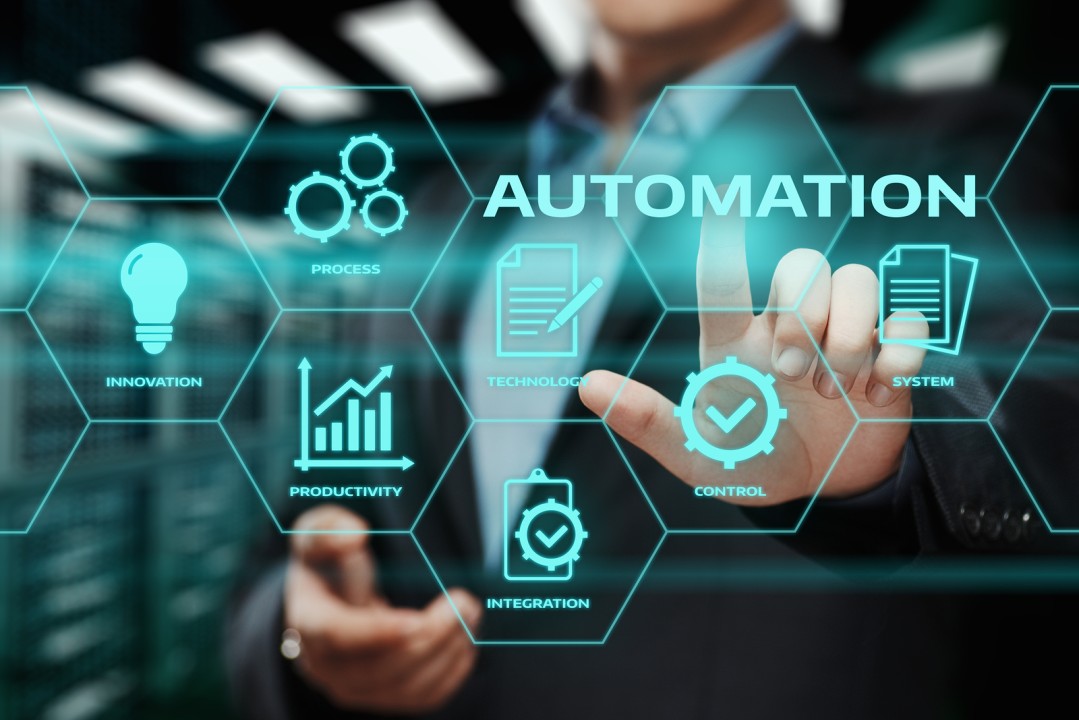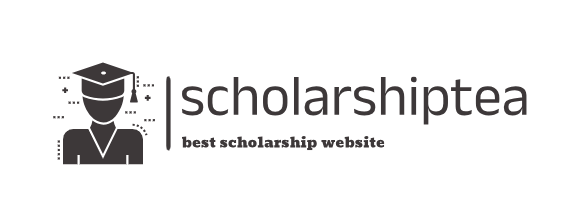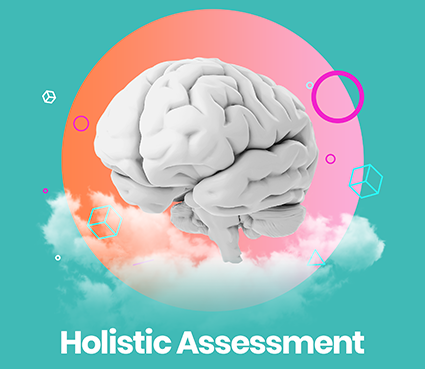Integration of AI and Automation

The Integration of AI and Automation: Transforming Industries and Driving Innovation
Artificial Intelligence (AI) and automation are revolutionizing industries across the globe, reshaping business operations, enhancing efficiency, and creating new opportunities for growth. As organizations embrace AI-powered solutions, they experience increased productivity, reduced costs, and improved decision-making. However, the integration of AI and automation also presents challenges that businesses must navigate to ensure sustainable and ethical adoption.
Understanding AI and Automation
AI refers to the simulation of human intelligence in machines that can learn, reason, and solve problems. Automation, on the other hand, involves using technology to perform tasks with minimal human intervention. When combined, AI-driven automation enhances processes by enabling systems to analyze data, make informed decisions, and execute tasks more efficiently than traditional automation.
Key Benefits of AI and Automation Integration
1. Enhanced Productivity and Efficiency
AI-powered automation eliminates repetitive and time-consuming tasks, allowing employees to focus on higher-value work. Businesses can streamline operations, minimize human error, and improve workflow efficiency.
2. Cost Reduction
Organizations can significantly lower operational costs by automating manual tasks. AI-driven analytics help optimize resource allocation, reduce waste, and improve energy efficiency, leading to substantial cost savings.
3. Data-Driven Decision Making
AI can analyze vast amounts of data in real time, providing businesses with actionable insights. Predictive analytics, machine learning algorithms, and data visualization tools enable organizations to make informed decisions that enhance customer satisfaction and boost profitability.
4. Improved Customer Experience
AI-powered chatbots, virtual assistants, and recommendation systems personalize interactions, providing customers with instant support and tailored solutions. Automation ensures quick response times, increasing overall customer satisfaction.
5. Workforce Transformation
The integration of AI and automation redefines job roles by shifting repetitive tasks to machines, allowing employees to focus on creative problem-solving, innovation, and strategic thinking. This leads to the creation of new job opportunities in AI development, data science, and cybersecurity.
Applications of AI and Automation Across Industries
1. Healthcare
AI-driven automation enhances medical diagnostics, patient care, and administrative processes. Machine learning algorithms can analyze medical images, detect diseases, and suggest treatment options, while robotic process automation (RPA) streamlines hospital operations.
2. Manufacturing
Smart factories utilize AI-powered robotics to optimize production lines, reduce downtime, and improve quality control. Predictive maintenance prevents equipment failures, increasing operational efficiency.
3. Finance
AI automates fraud detection, risk assessment, and trading strategies. Financial institutions use AI-powered chatbots to handle customer inquiries and provide personalized financial advice.
4. Retail and E-Commerce
AI-powered recommendation engines analyze customer behavior to deliver personalized shopping experiences. Automated inventory management ensures optimal stock levels and reduces waste.
5. Transportation and Logistics
Autonomous vehicles, AI-powered route optimization, and warehouse automation enhance supply chain management, reducing delivery times and operational costs.
Challenges of AI and Automation Integration
Despite the advantages, integrating AI and automation comes with challenges that businesses must address:
1. Job Displacement Concerns
The rise of automation raises concerns about job losses. Businesses must invest in workforce reskilling and upskilling programs to equip employees with the skills needed for emerging AI-driven roles.
2. Data Privacy and Security
AI systems rely on vast amounts of data, raising concerns about data privacy and cybersecurity threats. Organizations must implement robust security measures to protect sensitive information.
3. Ethical and Bias Issues
AI models can inherit biases from training data, leading to unfair or discriminatory outcomes. Companies must prioritize ethical AI development and ensure transparency in decision-making algorithms.
4. High Implementation Costs
Integrating AI and automation requires significant investment in technology, infrastructure, and training. Small and medium-sized enterprises (SMEs) may face financial barriers to adoption.
The Future of AI and Automation
The integration of AI and automation will continue to evolve, with advancements in machine learning, robotics, and the Internet of Things (IoT) shaping the future of industries. Businesses that embrace AI-driven innovation will gain a competitive edge, improve operational efficiency, and unlock new growth opportunities.
To maximize the benefits of AI and automation, organizations must adopt a strategic approach that prioritizes ethical AI practices, workforce development, and cybersecurity measures. By leveraging AI responsibly, industries can drive innovation, enhance productivity, and create a more efficient and sustainable future.
Conclusion
AI and automation are transforming the way businesses operate, offering numerous benefits such as increased efficiency, cost savings, and improved customer experiences. While challenges such as job displacement and data privacy concerns must be addressed, the strategic integration of AI will unlock unprecedented opportunities for innovation and economic growth. Organizations that invest in AI-driven automation will be well-positioned to thrive in an increasingly digital and automated world.


Leave a Comment